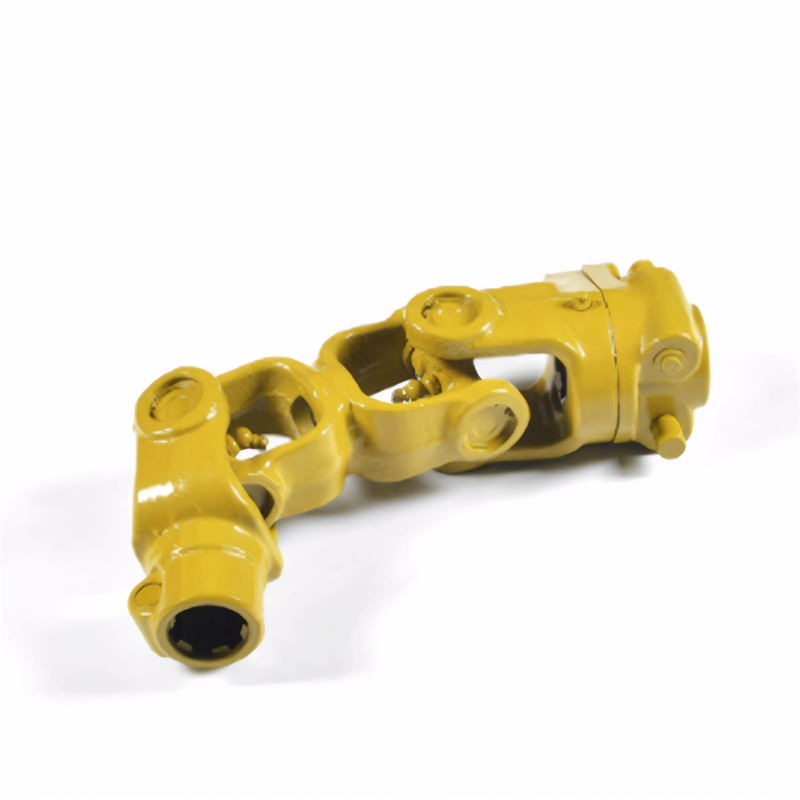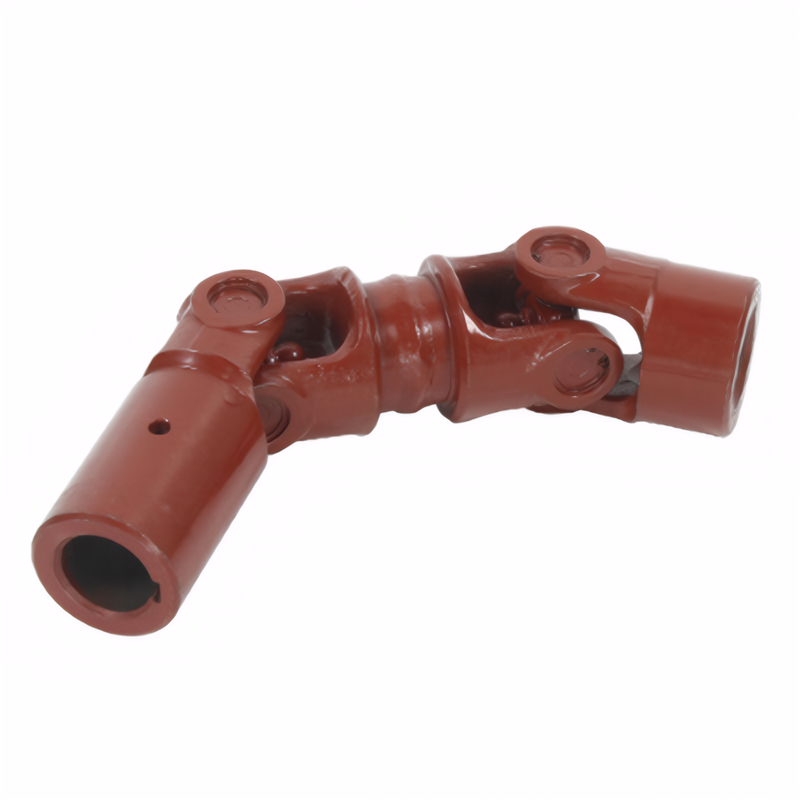The performance of the drive shaft during braking
Performance of Drive Shafts During Vehicle Braking: Mechanical Behavior and System Interactions
When a vehicle decelerates, the drive shaft undergoes unique stresses and interactions with other drivetrain components. Its design and material properties determine how effectively it manages these forces while maintaining stability and durability. Below, we analyze the key aspects of drive shaft behavior during braking.
Handling Reverse Torque and Load Reversal
During braking, the wheels slow down while the engine and transmission may continue rotating, creating a reverse torque scenario. The drive shaft must transmit this opposing force back through the drivetrain without causing damage or excessive vibration. This requires materials with high shear strength to resist twisting under sudden load reversal. Additionally, the shaft’s geometry, including its diameter and wall thickness, is optimized to distribute stress evenly, preventing localized fatigue or failure. Some designs incorporate splines or keyways to ensure secure engagement with mating components, reducing the risk of slippage during rapid deceleration.
Maintaining Alignment Under Deceleration Forces
Braking introduces dynamic loads that can alter the position of drivetrain components relative to one another. For example, weight transfer to the front axle during hard braking may shift the differential’s angle, placing strain on the drive shaft. Universal joints (U-joints) or constant-velocity (CV) joints are critical in this context, as they allow the shaft to articulate while maintaining power transmission. U-joints accommodate angular misalignment, while CV joints ensure consistent rotational speed even at extreme angles, preventing binding or excessive wear. Proper lubrication of these joints is essential to minimize friction and heat generation during repeated braking cycles.
Vibration Damping to Prevent Drivetrain Shudder
Abrupt braking can excite vibrations in the drivetrain, particularly if there are imbalances or loose connections in the system. The drive shaft contributes to vibration damping through its mass distribution and, in some cases, integrated damping technologies. For instance, elastomeric bushings or viscoelastic coatings may be applied to the shaft to absorb high-frequency oscillations, reducing noise and harshness (NVH). Dual-mass flywheels or torsional dampers in the transmission can also work in tandem with the drive shaft to isolate vibrations, ensuring a smoother braking experience. This is especially important in heavy-duty applications or vehicles with high torque outputs, where drivetrain shudder could compromise control.
Thermal Management During Prolonged Braking
Repeated or aggressive braking generates heat throughout the drivetrain, including the drive shaft. Excessive heat can lead to thermal expansion, which may alter the shaft’s clearances or preload on bearings and joints. To mitigate this, drive shafts are often designed with materials that have low coefficients of thermal expansion, minimizing dimensional changes under heat. Some systems incorporate cooling fins or forced-air ventilation to dissipate heat more effectively. Additionally, heat-resistant lubricants are used in joints and bearings to prevent breakdown and ensure consistent performance during extended braking events, such as downhill driving.
The drive shaft’s role during braking extends beyond mere power transmission. Its ability to handle reverse torque, maintain alignment, dampen vibrations, and manage thermal effects ensures the drivetrain operates reliably and safely under deceleration. These functions are critical for preventing premature wear, reducing NVH, and maintaining vehicle stability during braking maneuvers.
 Accuracy requirements for the
Accuracy requirements for the
 Selection of universal joint t
Selection of universal joint t
 Standard for coaxiality error
Standard for coaxiality error
 Requirements for the surface r
Requirements for the surface r
 简体中文
简体中文 English
English
